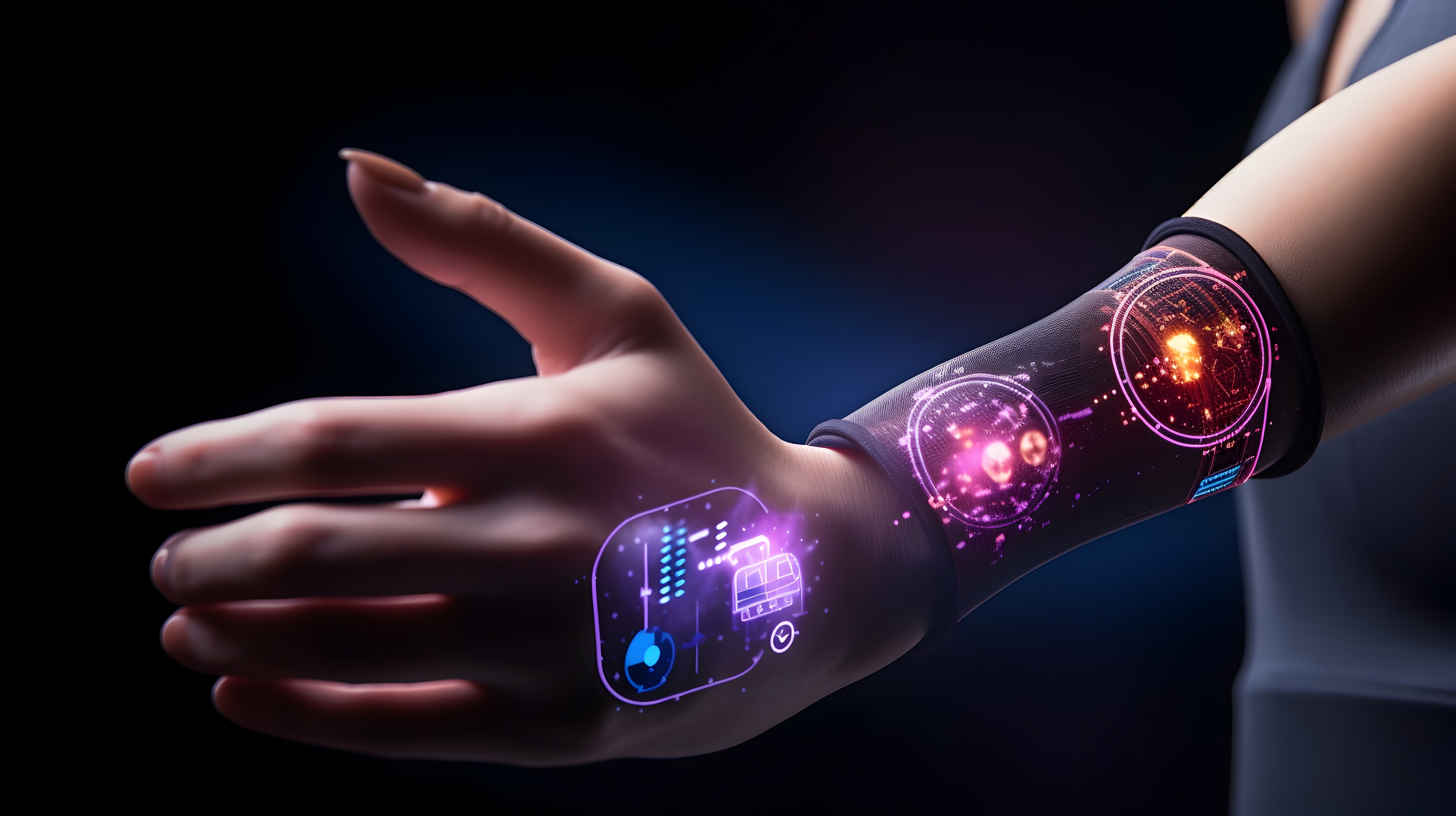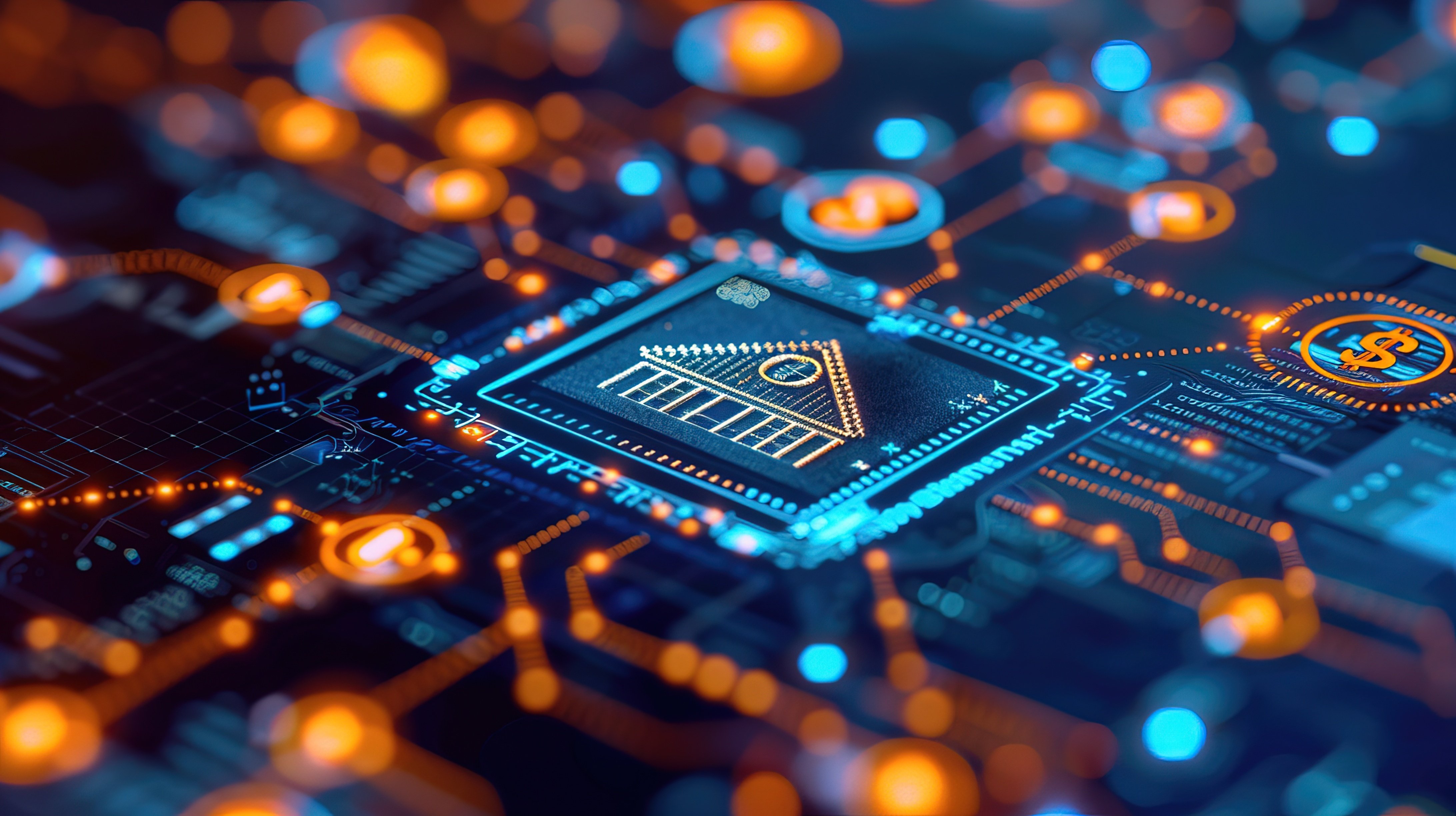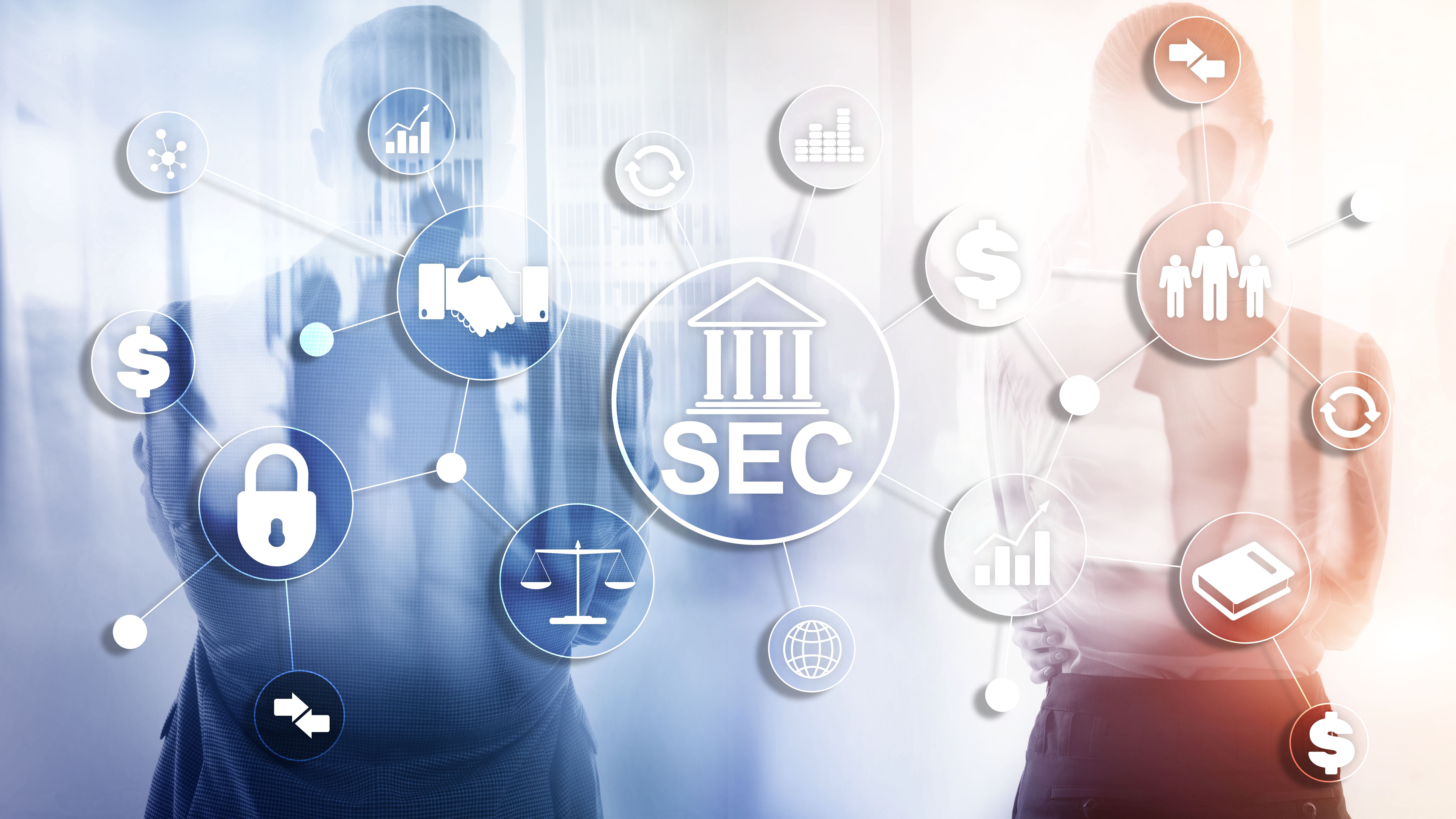Until now, an impressive list of well-known global enterprises have started to integrate IoT technology to make healthcare smarter and more connected. Abbott’s FreeStyle Libre revolutionizes diabetes management by sending glucose data straight to your smartphone, while Proteus' smart pill tracks both medication intake and vital signs in real-time. Philips' HealthSuite platform allows doctors to monitor patients remotely, ensuring quicker interventions when needed. Boston Scientific and Medtronic take it further with implantable devices that continuously monitor heart health and insulin levels.
Well, such initiatives explain the major expansion of the sector driven by the increasing use of remote monitoring and telehealth. The IoT in healthcare market is projected to hit $556.71 billion by 2032, growing at a 17.9% CAGR from 2024, according to Polaris Market Research. For a few years now, NIST’s IoT-Health initiative has been working on improving connected healthcare by focusing on smart wearables, implants, and remote monitoring. While devices like biomedical sensors are becoming more common, a fully connected healthcare system is still developing. NIST’s research seeks to make IoT tech reliable and effective for patient care, with projects like energy harvesting for wearables and Bluetooth-based proximity detection for health monitoring.
Summed up in one sentence, IoT in healthcare denotes the usage and integration of internet-connected devices to collect and share data, improving patient care and system efficiency. IoT generally relies on sensors to capture data, devices to process and transmit it, networks for communication, and algorithms to extract insights.
Exploring further with more depth, the application of IoT in healthcare can be conceptualized upon three essential layers explained by Kelly et al. (2020). The first one is the Perception Layer, which uses sensors like RFID and medical devices to collect real-time data on patient conditions, allowing for early diagnosis and timely intervention. Next, there is the Network Layer, where data from these sensors is transmitted and stored, often through wired and wireless networks. Technologies like cloud computing, 5G, and even blockchain are emerging to manage this data more effectively. Bringing the first layers altogether, the Application Layer processes and applies the data to patient care, often incorporating AI to assist with diagnostics, personalized treatments, and predictive healthcare solutions.
From tracking patient health to monitoring medical equipment, IoT strengthens healthcare services with smart beds, pill dispensers, and wearable sensors. It reduces costs, increases efficiency, and provides customized treatments. IoT-connected medical devices allow quick access to patient information, enabling real-time data transmission for evidence-based treatments.
Technological advancements like RFID, cloud computing, and embedded sensors have redefined patient care. IoT devices such as glucose meters, accelerometers, and pulse meters gather patient data and transmit it to healthcare professionals for immediate analysis.
Wearable devices, like wristbands or rings, now monitor metabolic activities, diet, and calorie management, and these connect seamlessly with mobile phones, offering multiple device access on common platforms, which fosters the free sharing of personal healthcare data. IoT-enabled tools also support real-time patient monitoring, speeding up data access and improving physician response times.
Remote patient monitoring (RPM) enables healthcare providers to monitor vital signs like blood pressure, glucose levels, and heart rate while the patient remains at home. This reduces hospital visits, especially for the elderly.
The conclusion? As healthcare systems shift to more connected systems, the flow of real-time data creates opportunities for earlier diagnoses, more accurate treatments, and seamless patient management. IoT is paving the way for more proactive healthcare, where patients are engaged and providers are empowered with real-time insights.
.png?width=1816&height=566&name=brandmark-design%20(83).png)



